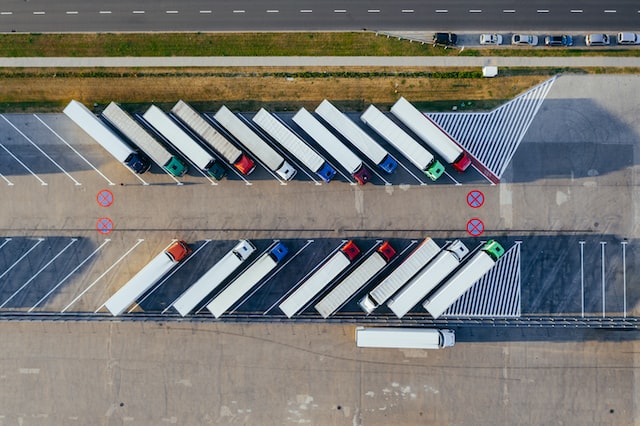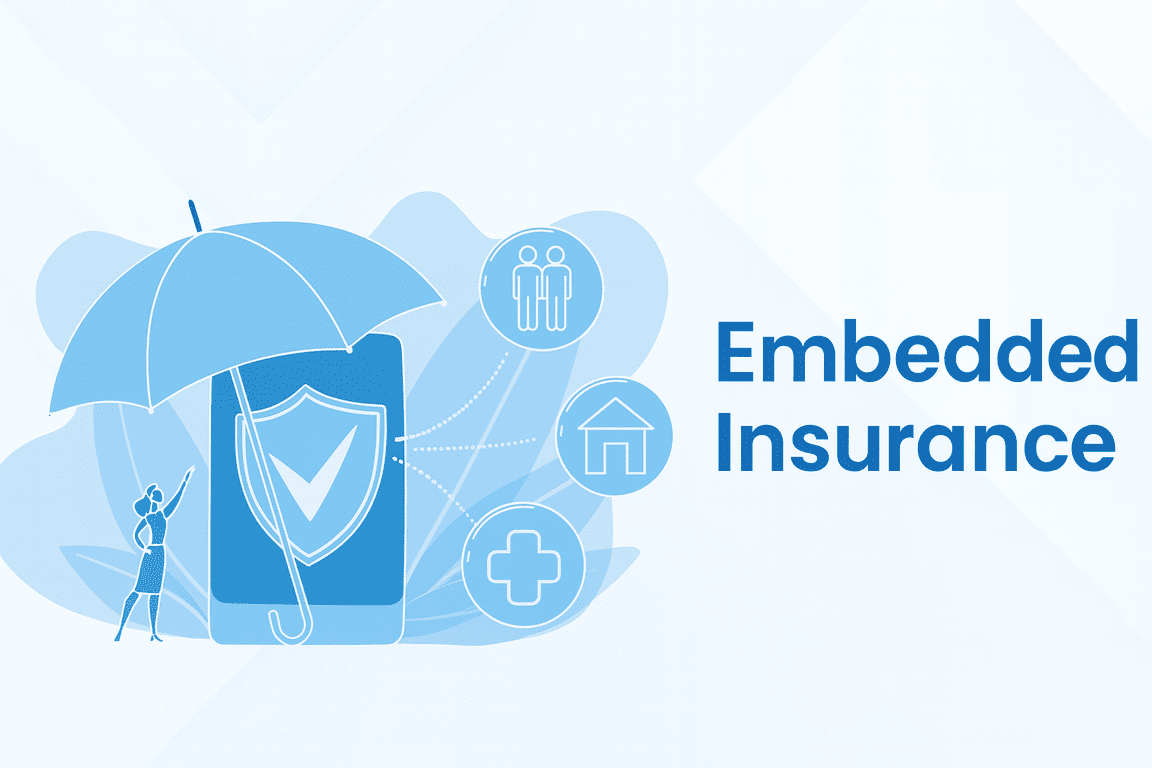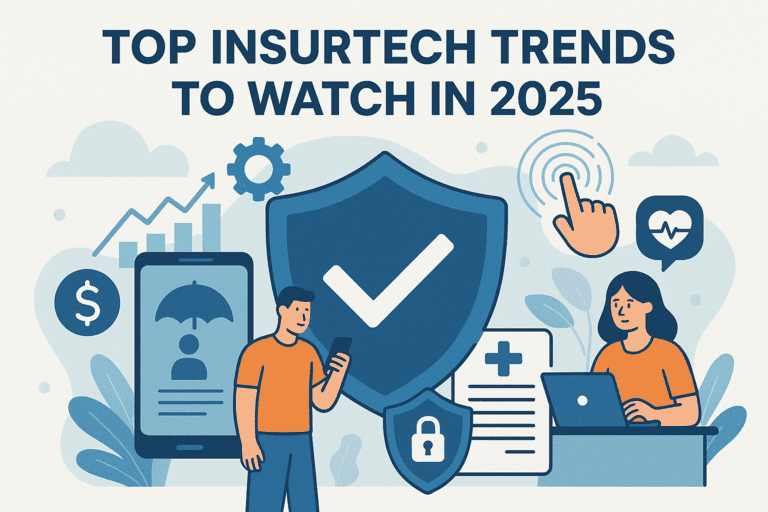The ever-increasing globalization and exponential growth of eСommerce drive logistics industry leaders to seek ways to make logistics operations more efficient while minimizing environmental impact. This is where emerging technologies come to save the day, helping logistics companies become more sustainable, cut down operating costs, and deliver superb customer experiences.
To survive in this intensely competitive market, it’s crucial to never stop innovating. Below is a review of the key logistics and supply chain technology trends to help you make more informed investment decisions.
11 Growing Supply Chain and Logistic Industry Trends
Artificial Intelligence and Machine Learning
Artificial intelligence (AI) — the simulation of human intelligence by computer systems — is disrupting a range of industries, supply chains and logistics being no exception. A branch of artificial intelligence, machine learning, allows machines to use data and algorithms to imitate the way humans learn, enhancing their accuracy over time. Here’s a closer look at how AI and ML are disrupting logistics and supply chains today.
- Accurate inventory management. Order processing, picking, and packing are time-consuming and open to error when performed manually. On the other hand, AI-powered tools can quickly analyze and interpret massive datasets, providing real-time supply and demand forecasting. For instance, intelligent algorithms can anticipate customer demands and prevent overstocking unwanted inventory.
- More efficient warehousing operations. AI and ML systems can streamline complex procedures and speed up work. For example, by analyzing large amounts of data, they help reduce travel times through intelligent order batching and pick sequencing.
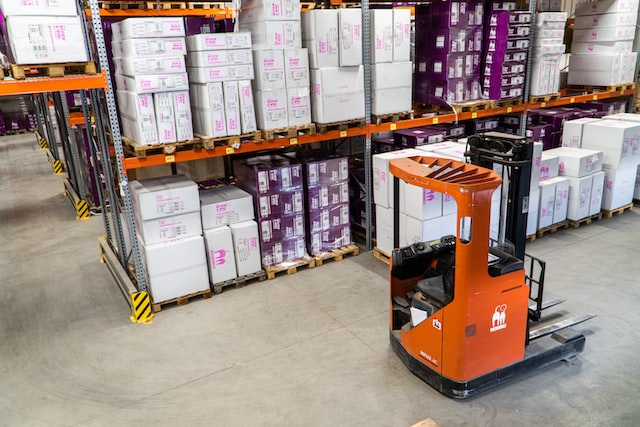
- On-time delivery. AI systems help automate and accelerate traditional warehouse processes, eliminating operational bottlenecks, which translates into more accurate delivery times.
- Greater safety. AI-driven tools enable smarter planning to improve the safety of transported items and human workers. In addition, AI can analyze workplace safety data and provide notifications about potential risks, helping businesses quickly react to issues and stay compliant with safety regulatory requirements.
- Reduced logistics costs. From AI-powered customer service (chatbots that we all have already gotten used to) to automated supply chain operations, AI and ML go a long way toward accelerating processes and minimizing errors, thus helping to significantly cut down on costs.
- Self-driving vehicles. Thanks to AI, self-driving capabilities are becoming more available, enabling businesses to make the most of the cutting-edge automotive software and maintain round-the-clock operations with brand-new levels of productivity and safety. There are numerous promising use cases, such as long-haul trucking and drones.
Advanced Analytics
There’s no surprise that an enhanced focus on analytics is one of the up-and-coming logistics and supply chain trends. With the massive amounts of data the industry is dealing with today, implementing advanced data analytics in logistics was virtually inevitable.
Advanced analytics allows logistics professionals to discover crucial insights, make predictions, and use data to strengthen their supply chain strategies. Advanced analytics embraces a range of techniques, such as data mining, semantic analysis, sentiment analysis, pattern matching, forecasting, visualization, graph analysis, simulation, and neural networks, just to name a few.
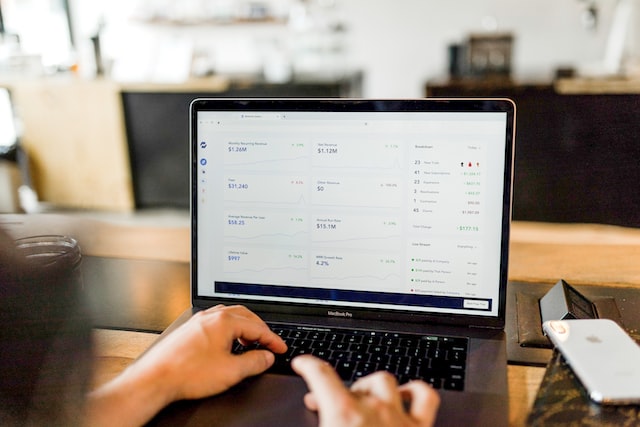
Advanced analytics helps businesses spot the strengths and weaknesses of their supply chains and identify their customers’ pain points. This data is key to improving productivity and efficiency, and it can also provide important clues to help you meet customer expectations.
Customer-Oriented Approach
It’s safe to say that today’s business environment is increasingly customer-centric, which is shaping one of the global supply chain management trends — increased focus on the end consumer. Customer-centric logistics can be defined as practices aimed at improving overall customer experience, from ordering to delivering goods. And this was entirely predictable — in this intensely competitive world, businesses need to offer outstanding customer service to win customer loyalty and gain their competitive advantage.
Internet of Things
The Internet of Things (IoT) is the concept of connecting devices to the Internet and other devices for collecting data. This became possible thanks to built-in sensors, which integrate data from different devices and share it with IoT platforms. This data can be used to identify patterns, generate recommendations, and anticipate possible logistic and supply chain issues.
With the tremendous opportunities IoT offers, it is increasingly adopted across different aspects of supply chain management:
- Producing raw materials and manufacturing. Suppliers of raw materials leverage IoT solutions to monitor their processes, for instance, collect real-time data about livestock health and crop conditions in farming and agriculture. Along with a multitude of other benefits, this data allows them to improve the quality of raw materials and reduce energy consumption in the first place. Likewise, manufacturers use IoT solutions to monitor processes across their product lifecycles in real time, which helps them quickly identify and tackle issues. This allows them to minimize downtimes, improve efficiency, and become more sustainable.
- Logistics. IoT solutions provide supply chain managers with real-time data on each item’s location, allowing them to track and optimize delivery routes. Moreover, IoT systems help keep perishable items safe by identifying deviations from recommended shipping conditions.
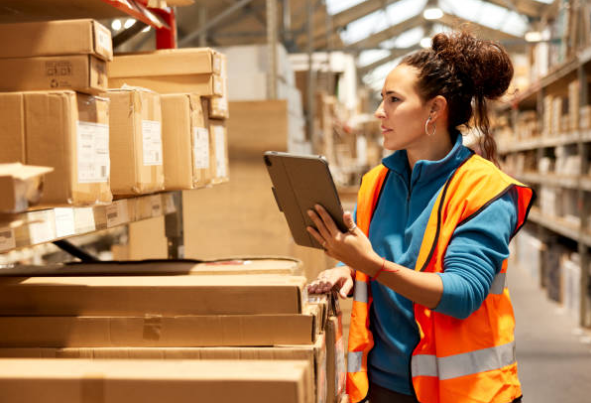
- Warehousing. IoT streamlines inventory tracking and makes warehousing operations more efficient. For example, thanks to real-time location trackers, warehouse staff members can quickly locate goods, which translates into a high performance that would be unreal to achieve otherwise. Not to mention, IoT-powered solutions can go a long way toward preserving perishable items thanks to real-time monitoring of storage conditions.
- Retail outlets. Retailers leverage IoT to optimize the pickup and loading-unloading of goods, improve inventory visibility, and effectively monitor store traffic to optimize in-store product placement and space utilization.
Digital Twins
Digital twins are used to digitally simulate the supply chain processes, which provides valuable insights into creating flexible and secure supply chain settings and strengthening supply chain resilience. A digital twin can help you develop a solid contingency strategy and determine alternative transportation routes. In addition, this technology allows you to run simulation models to predict critical changes in different “what-if” scenarios. Logistics businesses utilize digital twins to ensure greater supply chain visibility, identify growth areas, minimize inefficiencies, and optimize current processes.
Robotic Process Automation
Robotic process automation (RPA) is a technology that simulates the way people interact with software to perform high-volume, repetitive tasks, resulting in process automation. In logistics, RPA is used to streamline the following aspects:
- Order processing. An RPA system can employ inventory data to initiate orders based on a set of criteria, generate order documentation, submit the order for approval, and request ordered items.
- Invoice processing. RPA can dramatically simplify the invoicing process, saving businesses tons of time and manual work. RPA solutions can find and enter vendor and customer details, request documents, process payments, and submit invoices.
- Inventory management. Managing inventory becomes challenging once your business scales up and inventory gets more diverse. RPA systems can help you automate this task by monitoring items’ location, condition, and quantity and informing you in case of damage or when the stock runs low.
- Shipping. RPA helps ensure that every party involved is on the same page regarding changes in the shipping schedule, which is especially important when cancellations or delays happen, minimizing their impact on business operations.
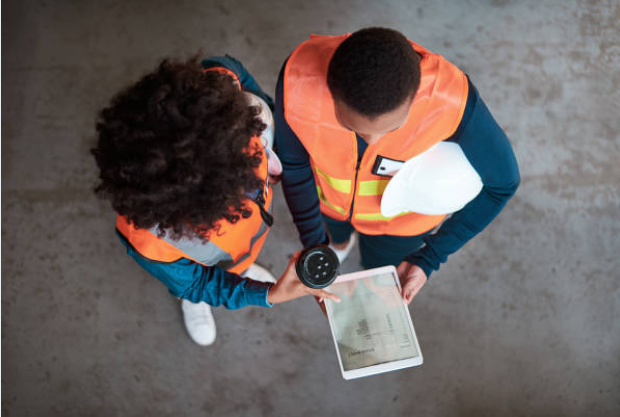
Mobile Apps
Mobile apps, which once started their way as games, social networks, and media for online shopping, also penetrated the logistics industry not so long ago. From the consumer perspective, mobile apps provide the convenience of fast and easy tracking of their orders in real time. Still, mobile apps deliver value to logistics businesses as well. By monitoring performance metrics and generating reports, they allow companies to gain crucial insights into customer behavior and needs and make necessary changes to create better customer experiences.
Sharp Focus on Sustainability
Logistics and transport account for the greater part of carbon dioxide emissions globally, driving companies to seek ways to reduce their carbon footprint. While cost and speed have been the only important factors for logistics and supply chains for decades, today, sustainability is more vital than ever. For instance, businesses use electric and solar-powered vehicles to reduce the carbon footprint of supply chains.
Still, the focus on sustainability goes beyond eco-friendly transportation: green warehouses have cutting-edge energy management systems that utilize timers and gauges to monitor the use of electricity, water, and gas to prevent the waste of resources.
Blockchain
Initially created for storing cryptocurrency, blockchain is benefiting a range of industries today. With the ultimate transparency and security it offers, there’s no wonder that implementing blockchain has become one of the digital logistics market trends.
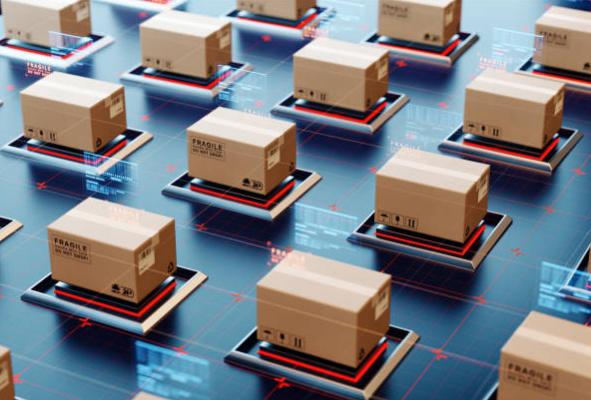
Blockchain is a distributed ledger holding data records in a way that makes them tamper-proof. Logistics businesses can leverage blockchain to track transactions and share documents.
With the help of blockchain, businesses can trace the history of a product from its origin to where it sits at the very moment, which goes a long way toward making B2B sales more secure and transparent. Due to its decentralized nature, blockchain allows parties to collaborate on a shared platform to minimize time delays, prevent overspending, and eliminate human error in transactions. In addition, fewer intermediaries in the supply chain mean lesser risks of fraud, and, in case the latter occurs, blockchain records make it easy to trace its source.
Next, a distributed ledger ensures a trusted and tamper-proof audit trail of inventory and financial data across supply chain networks, enabling supply chain partners to securely synchronize logistics data, monitor shipments, and automate payments.
Particular Attention to Cybersecurity
The widespread adoption of digital technologies in logistics and supply chains has created more room for vulnerabilities, which, in turn, has triggered the cybersecurity trend. Cybersecurity is imperative to protect networks against cyberattacks, which constitute a significant threat to supply chains around the globe. Also, the high interconnectivity the industry is experiencing means that the parties involved expose themselves and their customers to data breaches and identity theft. Given that, many organizations invest in firewalls, state-of-the-art anti-hacking technologies, and staff training.
Circular Supply Chains
Linear supply chains are being gradually replaced by circular supply chains — one of the sustainability-driven business models where companies reuse or repurpose waste and customer returns to transform them into new or refurbished products. The goal of a circular supply chain is to minimize the use of raw materials and reduce discarded waste materials.
With a circular supply chain, businesses can spend less on raw materials and reduce their environmental impact. Government regulations on recycling and waste disposal encourage moving to the circular supply chain. In many countries, businesses following sustainable practices can get incentives for their efforts. And not only that — going green means attracting a vast pool of consumers who prefer environmentally friendly products and services.
Parting Thoughts
For several years, logistics has been increasingly adopting the latest technology advancements to effectively tackle capacity challenges, maintain sustainability, and provide enhanced customer experiences. Understanding the dominating logistics trends is essential for selecting the right technologies that can deliver value to your customers.
